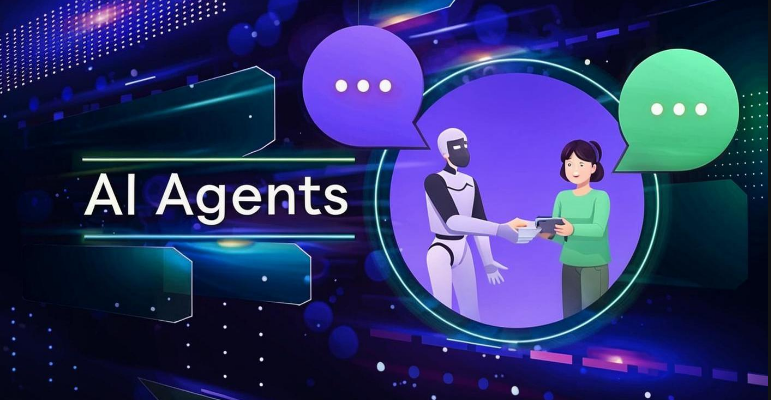The Agentic AI Transformation: A Productivity Revolution Disrupting Traditional Operational Models
In traditional industries such as manufacturing, finance, and logistics, a startling fact emerges: over 60% of working hours are wasted on repetitive processes and inefficient collaboration. Procurement approvals require signatures from five departments, troubleshooting production line failures takes an average of 48 hours, and bank loan approval processes drag on for seven days... These efficiency black holes are eroding corporate competitiveness.
Key Pain Points Behind Inefficiency in Traditional Industries
- Rigid Processes: Paper-based approvals, manual handoffs, and switching between multiple systems
- Slow Decision-Making: Reliance on experiential judgment with a lack of real-time data analysis
- Human Resource Bottlenecks: Shortage of specialized talent and soaring training costs
- Fragmented Systems: Isolated ERP/MES/CRM systems operating in silos
Over the past decade, artificial intelligence (AI) development has primarily focused on "perceptual intelligence"—teaching computers to recognize images, understand language, and generate text. However, with breakthroughs in large language models (LLMs) like GPT-4 and Claude 3, AI is entering an entirely new phase: Agentic AI (Agency AI).

What Is Agentic AI ?
Agentic AI refers to artificial intelligence systems capable of autonomous goal-setting, environmental interaction, and task execution. Unlike traditional AI assistants (e.g., Siri or ChatGPT), Agentic AI can:
- Autonomously Plan: Break down complex objectives and develop step-by-step strategies
- Dynamically Adapt: Optimize decisions in real-time based on environmental changes
- Multi-Tool Collaboration: Call APIs, operate software, and even control robots to complete tasks
- Long-Term Memory & Learning: Improve performance through experience, forming personalized behavioral patterns
For example, an Agentic AI can proactively manage finances—analyzing income/expenses, optimizing investments, and executing trades—without requiring step-by-step instructions.
Three Core Drivers of Agentic AI
Reasoning Breakthroughs in LLMs
- Models like GPT-4 and Claude 3 demonstrate remarkable logical reasoning and planning capabilities, enabling AI to "think" through multi-step tasks like humans.
Multimodal & Embodied Intelligence Integration
- AI can now process not only text but also images, speech, and even interact with environments via robots (e.g., Figure 01 humanoid).
Mature Automation Tool Ecosystem
- From AutoGPT to DevOps AI agents, AI can autonomously write code, call APIs, and form complete workflow loops.
How Agentic AI Transforms Traditional Industries

1.Process Automation → Process Intelligence
- Traditional RPA: Follows fixed rules (e.g., invoice entry)
- Agentic AI: Understands context, handles exceptions, and makes autonomous decisions
Case Study: A chemical company used Agentic AI for procurement orders—automating price comparisons, supplier risk assessments, and contract generation—cutting procurement cycles from 2 weeks to 4 hours.
2.Passive Response → Proactive Optimization
- Legacy Systems: Alerts only after issues occur
- Agentic AI: Predictive maintenance + autonomous resolution
Case Study: A power grid company deployed Agentic AI to predict transformer failures 72 hours in advance, automatically dispatching repair crews and reducing outage losses by ¥23M/year.
3.Siloed Intelligence → Cross-Functional Synergy
- Traditional Approach: Departments use isolated AI tools
- Agentic AI: Cross-departmental agent clusters collaborate end-to-end
Case Study: An FMCG firm's "digital employee army" achieved autonomous demand forecasting → production scheduling → logistics coordination, boosting inventory turnover by 40%.
Agentic AI acts as a "super colleague"—excelling at repetitive tasks while continuously learning to deliver optimal solutions. Its rise represents not just a technological upgrade but a revolution in how society operates.
"In this transformation, the greatest risk isn't adopting Agentic AI—it's waiting too long to act."—Companies leading this shift are building competitive advantages for the next decade.



